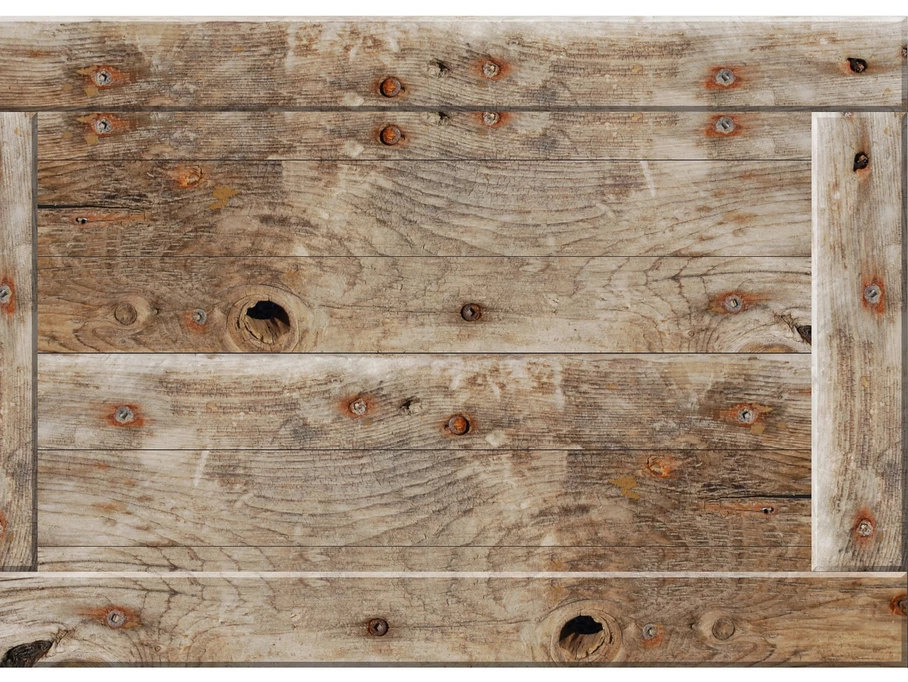For any global manufacturer (and domestic), wood crates are a packaging staple. Dating back to 18th century Europe, wood crates are thought to be the first-ever product packaging. And with wood’s myriad of benefits, it’s no wonder they’re still in use today. Wood can withstand the salt of the seas, extremely cold temperatures and humidity. It’s an ideal material for transport shipping, but when shipped inefficiently, wood crates can cause more harm than good. So, here are mistakes to avoid when shipping wood crates.
Your Crates are Dirty (If You Reuse Them)
Clean out the interior of each crate every time. Though they might not appear dirty, allowing residue, dust or dirt to build up can contaminate your product. The best way to do this is with a damp rag. If you find any stubborn stains or strange smells, rubbing a mix of water and vinegar should do the trick.
You’re Not Optimizing Cargo Space
Wood crates are extremely durable, so stack them. Keep the lighter crates on the top and heavier on the bottom. However, in order to find the best space-saving solution, use these tips to cube out.
You Aren’t Using Pallets
Wood crates should be stacked on top of wood pallets for added security. However, ensure that the pallets are the correct size. If your crates are larger or smaller than standard, it is crucial to have customized pallets to optimize for space. Too big and crates will hang off the edge. Too small and they leave gaps on the pallet. This increases risk for damage during loading. Uneven pallets don’t cooperate well with forklifts.
You Don’t Understand International Shipping Standards
As burdensome as shipping standards are, you need to understand them and comply. Some countries have different size and material requirements for crates. To avoid problems during transport, consulting with a packaging expert is your best bet. They can offer you the best packaging design solution, while also keeping to international regulations.
You’re not Packing the Crate Effectively
Interior stacking is just as important as exterior stacking. Though wood crates can carry tremendous weight, maxing out their weight potential isn’t a great strategy. Instead, max out their interior space potential with the right amount of dunnage and design.
You’re Not Inspecting Your Crates Often Enough
Wood is durable, not infallible. If you reuse your crates, take time to inspect them. Wood can become worn, rotted and cracked. Nails can also rust and become loose, which may lead to damaged product if it gives way.
We have extensive experience designing wood crates to meet our clients’ unique needs. We’re also experts in export and transport packaging design, so you can leave your international shipping needs to us! If you’d like to learn more about how we can help, contact us here!





